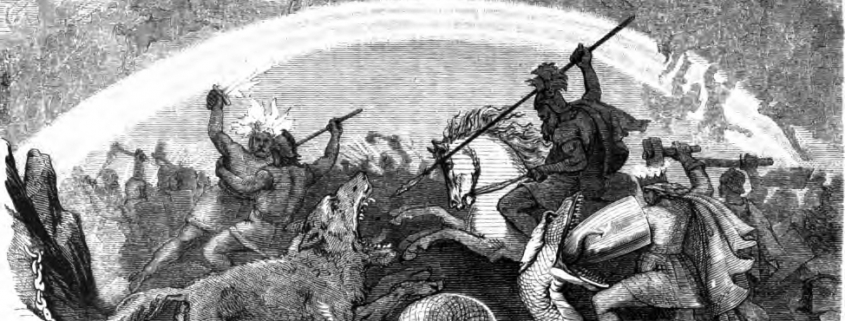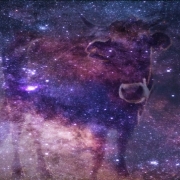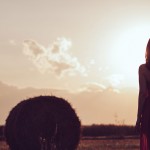Ragnarok and the Myth of the Eternal Return
The Gods and Goddesses of Odinism
Copyright © 1996 The Circle of Ostara
Published with the kind permission of the Circle of Ostara.
This article must not be republished or reprinted
in whole or in part without their express written permission.
We will look at the myth of Ragnarok, not as an old story of mere historic interest but as the symbol of basic truth. We do not intend to delve into the action of the tale, nor to consider the activities of the various protagonists. (That may be done, for example, by reading chapter 32 of The Norse Myths: Gods of the Vikings by Kevin Crossley-Holland.) Instead we will examine its meaning in a wider context.
The story of Ragnarok is an example of the archetypal theme which has been categorised as the myth of the eternal return. Roughly speaking, this mythic theme symbolises the various recurring cycles of nature, the return of the sun every morning, the resurgent life of spring after the seeming death of winter.
As the myth of Ragnarok has come down to us it appears to emphasise one part of the basic theme: that of death and destruction. When the story was first recorded the decline of the pre-Christian religious expression was well advanced. Odinists who lived at that time, when their religion was suffering an eclipse, can be forgiven for seeing in the myth of Ragnarok a story of the doom of the gods.
In the article The Great Year we will discuss the cycle of Ages through which the Earth passes. When the Ragnarok myth was recorded the Earth was well into a Dark Age – an Age which became even darker. Human beings seemed to be cut off from the gods of nature and race. They seemed to be lost, cast adrift, and were ready to accept the proffered “redemption” of a “saviour”, even such an alien artefact as the crucified Jew, Jesus.
That was over a millenium ago and the Dark Age has now moved near its end. As it progressed the “veil” between mankind and divinity continued to thicken so that today, for the majority of people, the connection between man and the gods seems tenuous indeed. For them the material world has become everything. The cruel and repressive machine society has developed a system ruled by the manipulators of money and material power. Both mankind and nature seem enslaved by it. It has meddled with the forces of nature so that the ecology of the Earth seems to be grievously endangered and we are all aware that the “system” playing its deadly computer game between “East” and “West” has weapons that could precipitate a Ragnarok fully as devastating as that in the story. It seems all too probable that we who are now living will experience a cataclysmic upheaval that will change our world beyond recognition. The doom element in the Ragnarok myth is the symbol of a real and all too evident truth. The cataclysm seems inevitable.
And yet this myth is truly an expression of the “eternal return” and its truth contains hope and a knowledge of renewal. In all the cycles of the Earth apparent death and destruction is followed by rebirth, the burgeoning of new life. So too will the coming cataclysm mark the final end of this Dark Age and the beginning of a new cycle of the Earth.
The action in the Ragnarok myth appears to be occurring on two level: a devastating upheaval of nature and a battle between the forces of Light (both human and divine) and the evil powers of darkness.
This too is very relevant to our times. If we reflect upon this aspect of the story we will soon realise that this great war has in reality been going on in our world for at least the past century. As in the story, the forces of Light have been taking a battering, and at the present time the evil “system” seems to be totally triumphant. The war is not over, however.
If you have a deep concern for the welfare of the Earth, and perhaps some idea of the nature of the evil system that has managed, by carrying out its ruthless materialistic policies, to cast a dark pall of fear and hopelessness over every nation of the world, then you will probably want to join the fight against this “system”.


 Hengest Thorsson
Hengest Thorsson
